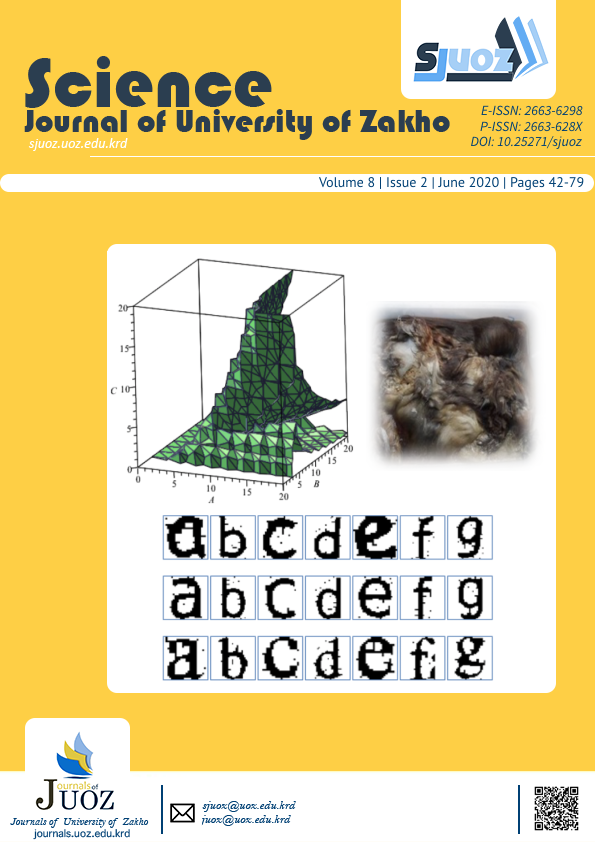The Integrity of DNA Extracted from Oryctolagus Cuniculus Carcasses Treated With Different Corrosive Chemical Substances
Abstract
There is a gap in the literature concerning the use of corrosive chemicals to erode human body. The aim of this study is to determine the integrity of DNA samples extracted from rabbits’ carcasses immersed in different chemical. Twenty-one healthy rabbits were grouped into seven. Animals in group 1 were enclosed in transparent containers while groups 2 to 7 were submerged in 1% hydrochloric acid (HCl), sodium hypochlorite (NaClO), calcium hypochlorite (CaOCl2), 7.3% sodium hydroxide (NaOH), water and 35% HCl respectively. Tissue sample were collected on day(s) 1, 3, 7 and 12 for DNA extraction and analysis. The most destructive agent in this study was 35% HCl where the bones and almost all tissues degraded within 24hrs, followed by Sodium hydroxide while, there was no marked degradation in NaClO, CaOCl2, water and dilute HCl groups. Distinct, observable effects of each chemical on the extracted DNA samples revealed decreased DNA integrity and degradation at various time frames. Further studies need to be carried out to ascertain the concentration of these chemicals especially NaOH that will completely destroy the body of the rabbits within a short period of time. Chromosomal aberration analysis should also be included in future research.
Full text article
Authors
Copyright (c) 2020 Onyekachi O. Iroanya, Jeffrey O. Ogbeide, Tochukwu F. Egwuatu

This work is licensed under a Creative Commons Attribution 4.0 International License.
Authors who publish with this journal agree to the following terms:
- Authors retain copyright and grant the journal right of first publication with the work simultaneously licensed under a Creative Commons Attribution License [CC BY-NC-SA 4.0] that allows others to share the work with an acknowledgment of the work's authorship and initial publication in this journal.
- Authors are able to enter into separate, additional contractual arrangements for the non-exclusive distribution of the journal's published version of the work, with an acknowledgment of its initial publication in this journal.
- Authors are permitted and encouraged to post their work online.
